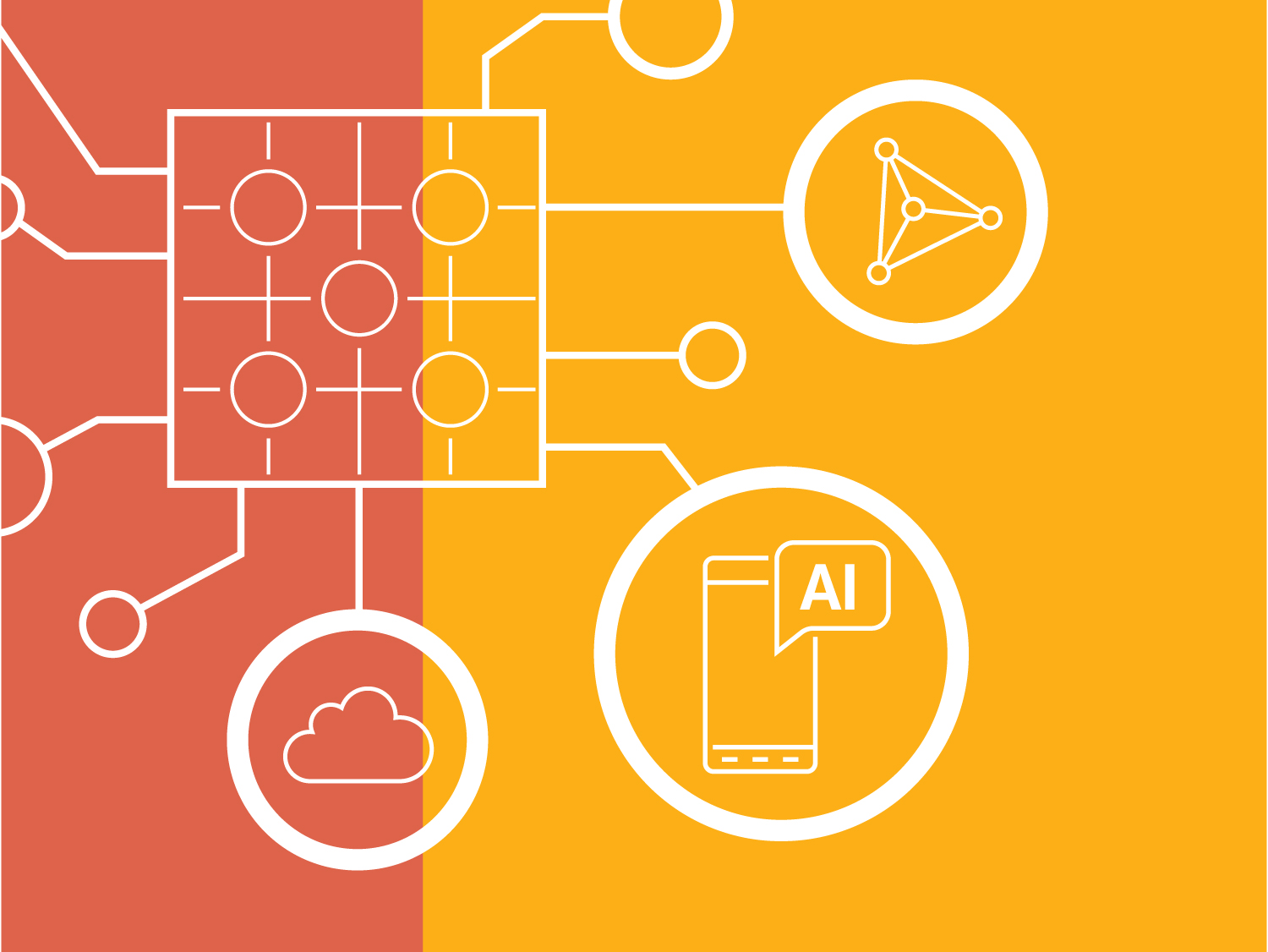Sponsored
Intelligent infrastructure: How an agile, robust, and flexible IT infrastructure can make or break digital transformation
In association withPanduit
In today's business environment, strategic technology initiatives are driven by the need to grow with greater agility and adapt to rapidly changing commercial, environmental, and regulatory conditions. A new report, sponsored by Panduit, explores how IT leaders from a variety of industries are building intelligent infrastructure that provides a platform for innovation and insights. The key findings of the report are:

Intelligent infrastructure: How an agile, robust, and flexible IT infrastructure can make or break digital transformation
- Intelligent infrastructure provides a platform for business agility. In a highly competitive global environment, further strained by an unprecedented pandemic, businesses are increasingly looking to data and analytics to resolve operational dilemmas, highlight avenues for growth, and increase the productivity of far-flung employees. Digital transformation is well underway at many organizations, but opportunities remain. Whether it is 5G, migrating to hybrid cloud, or moving toward the edge, technology leaders are deploying network infrastructures that are reliable, scalable, and flexible.
- IT infrastructure needs to be robust and dynamic. There is no one-size-fits-all, and IT leaders must balance cost and complexity while also monitoring risk and compliance. The infrastructure needs to be architected in a way that enables business leaders to respond to new challenges and opportunities.
- The edge provides analytical fuel for innovation. Edge computing allows businesses to get closer to their customers and suppliers and make faster decisions. New use cases abound: AI for recognizing a customer’s pet, IoT networks that assess bushfire risk, real-time patient interactions through mobile apps, and blockchain-secured supplier tracing for palm oil commodities. Edge computing capabilities provide the backbone for innovation—allowing organizations to accelerate their quest for real-time analytics and insight.
Download the full report here.
Deep Dive
Computing
How ASML took over the chipmaking chessboard
MIT Technology Review sat down with outgoing CTO Martin van den Brink to talk about the company’s rise to dominance and the life and death of Moore’s Law.
How Wi-Fi sensing became usable tech
After a decade of obscurity, the technology is being used to track people’s movements.
Why it’s so hard for China’s chip industry to become self-sufficient
Chip companies from the US and China are developing new materials to reduce reliance on a Japanese monopoly. It won’t be easy.
Stay connected
Get the latest updates from
MIT Technology Review
Discover special offers, top stories, upcoming events, and more.